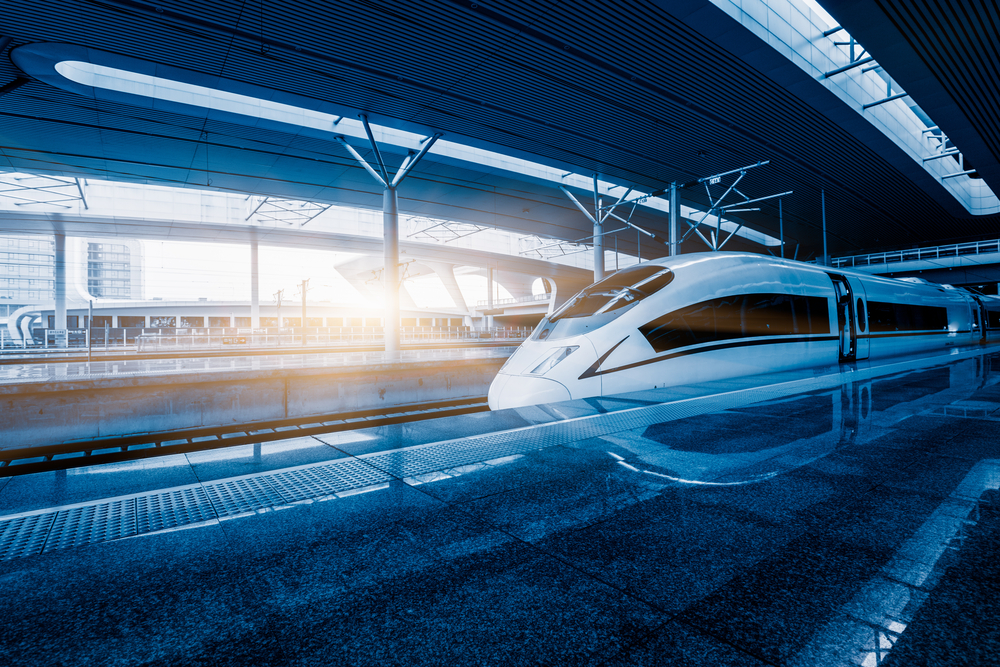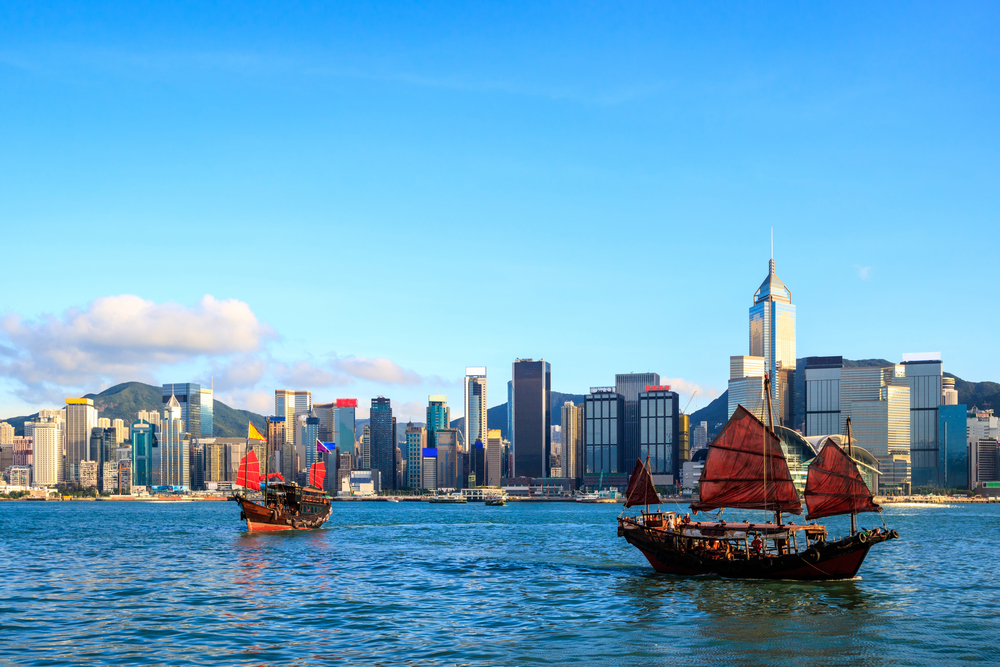HK-China high speed rail guns for business travellers
Contributors are not employed, compensated or governed by TDM, opinions and statements are from the contributor directly

The HK-China high-speed rail commenced operation on 23 September.
China’s Express Rail Link (XRL)— the world’s largest railway network, will now connect Hong Kong to 44 destinations in mainland China. It also added services from Guangzhou and Shenzhen – major cities to HK.
The bullet train targets business travellers as it significantly cuts travel time and costs between HK and China. The daylong trip to Beijing will be shortened to nine hours. Aiming to transport 80,000 passengers daily, the Express Rail Link is now a strong competitor for airlines.
Travellers can easily plan their itinerary based on the train’s timetable. Moreover, cheaper ticket prices are more attractive to business travellers that have to travel to and fro the two countries.
High-speed rail vs airlines
Since the first bullet train service connected Beijing to the nearby port city of Tianjin, Chinese and HK airlines have been losing customers. The HK-China high-speed rail has more leverage against airlines that is plagued with issues like congested airspace and limited landing slots that result in flight delays.
In addition, train tickets cost a fraction of dynamic airline fares. Running at 200kph, travel time is almost the same via plane. Passengers are also saved from pre-boarding security checks required for flights and travel to and from airports.
Cathay Pacific seems to suffer a major blow with more than 20 China destinations overlapping with HK-China high-speed rail, especially on flights of less than three hours.
The train’s wider seats and better legroom is another selling point for trains that are selling greater comfort. Miniscule and uncomfortable seats are often the subject of complaints amongst low-cost airline fliers.
Rail also has an advantage over planes when typhoons hit the country. Storms can lead to cancellations of flights. The recent Typhoon Mangkhut caused havoc and more than 1,000 flights were cancelled.
Controversial matters

The commencement of XRL in Hong Kong was received with problems and controversies. The first day was marked with confusion over baggage rules, long queues, and ticket prices. The train did not follow the schedule and arrived late.
Long queues and confusion on acquiring tickets are deemed natural on the first day and people will get the hang of it over time.
Some passengers claimed that the baggage rules were unclear. The MTR Corporation, which operates the local section of the line, allows passengers to carry luggage with a combined length, width and height of 130cm. Some passengers brought oversized luggage and the MTR Corp staff told them to transfer their belongings to a carrier bag and store the suitcase at the station.
Passengers were also told that they can ship their excess baggage to their destination through a delivery company. What made it more confusing is that the restrictions on luggage seemed to only apply at the Hong Kong end, while passengers from the mainland reportedly arrived with massive suitcases thus raising more concerns.
The opening day of XRL in Hong Kong was also met with protests voicing concerns on the creeping influence of Beijing in HK. People opposing the link are also alarmed upon knowing that a Chinese immigration line was built in West Kowloon terminus and Chinese law will be implemented at all stations. Moreover, a decision to put joint immigration checkpoints in Hong Kong, not at the border, angered pro-democracy groups.
Prior to its completion, the HK-China high-speed rail link attracted criticisms for being behind schedule and too expensive, the line costs USD 10 billion and took eight years to build.


Comments are closed.